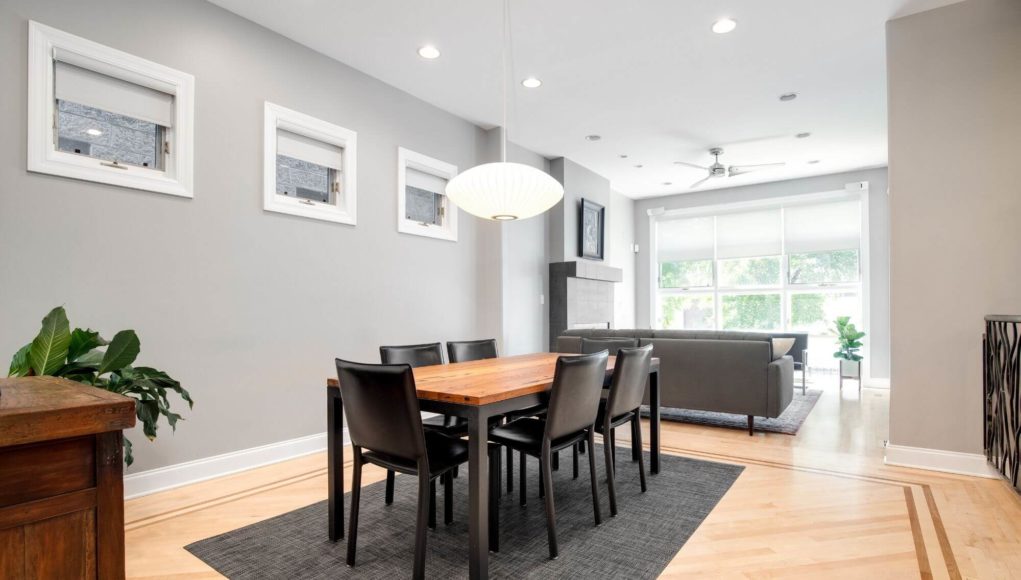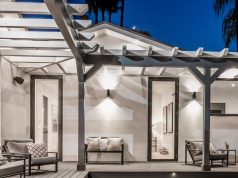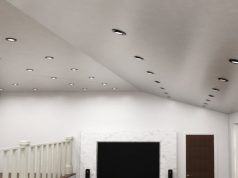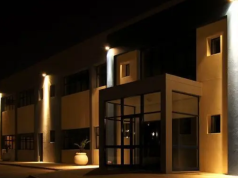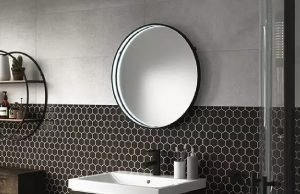Improving your home lighting does not only mean putting on additional lights. The goal is to illuminate and give character to the space that you are lighting. Even a sparsely decorated room will feel cosy and inviting with proper illumination. Lights help wash out any imperfections that you might notice on your walls or ceiling. On the other hand, a poorly lit room makes you feel dreary, confined, and uncomfortable. If one of the rooms in your house feels this way, then it is time to change it up. So, here’s five questions you need to ask yourself to enhance your home lighting.
What Function Does the Room Serve?
Each room in your home has a specific role. In the past, there is no distinction and all the rooms had the same lighting. They all have an identical overhead fixture that you need to fill in with the lamps you prefer. You don’t want the same light for each room in your house, especially if they do not have the same function. Pre-installed fixtures lack character and personalization. Today, lighting is based on the purpose of the room. By adding multiple fixtures and layers of lights, you can create the room’s necessary ambience and illumination. Bright lighting is needed in the kitchen, bathroom, and home office, while the living room, dining room, bedroom, and hallways need subdued lighting for relaxation.
Where Do You Need to Improve Your Home Lighting?
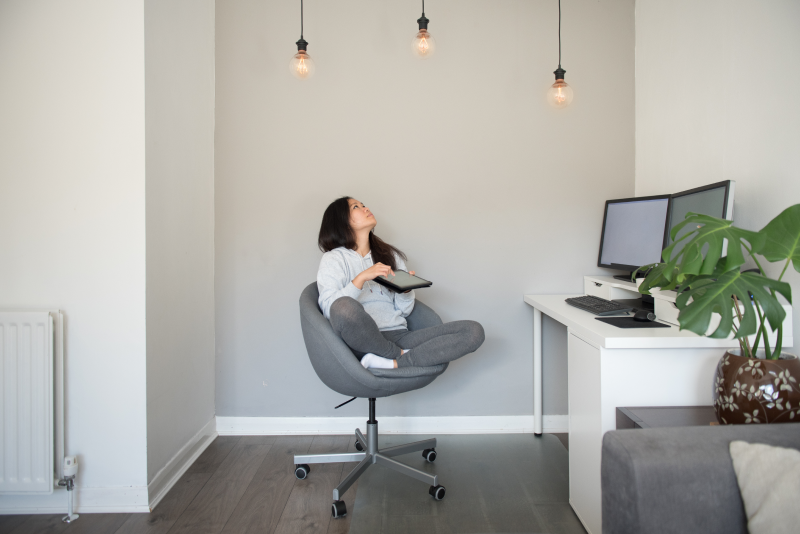
Check your entire home and note any lighting problem that you notice. Are there shadows on the countertops while you are preparing a meal? Is it hard to see in the bathroom? Is it difficult to see what’s on TV because the overhead light is too bright? Are there dark corners in your bedroom? After identifying all the problems, you can start planning the lighting setup that best suits the area. General lighting is usually an overhead light that provides overall lighting to a room. Task lighting can be downlights or spotlights meant to illuminate a small area where you perform tasks. Ambient lighting can come from various sources that are primarily for decorative purposes.
Do You The Have Proper Fixtures?
Now that you know the problems and finished planning the setup, it’s time to buy the fixtures. Most modern fixtures use LED technology, and you must know their use to optimize their function.
- Ceiling mounted: They are fixtures meant for overhead lighting, and the most common type of ceiling lights are downlights. Some of the most used downlights at home are fire-rated downlights, IP65 downlights, recessed downlights, and dimmable downlights. Fire-rated downlights mean that the hole where you cut to mount the downlights is resealed, and the integrity of the ceiling is reinforced to increase the time it takes for a fire to spread through the ceiling. You can use them anywhere around your home but make sure to take into consideration the IP rating before mounting them in areas like the bathroom, where water is present. IP65 downlight means that the downlight is water and dust resistant, perfect anywhere around the home, even zone 1 of the bathroom. Recessed downlight means that the bulk of the fitting is sunken into your ceiling for a clean and seamless looking finish. You can mount them anywhere but check the IP rating as well. Dimmable downlights indicate that you can adjust the brightness of your lights to customise the atmosphere of your home.
- Wall-mounted: Aside from wall lights, another wall-mounted fixture that you can incorporate in your home is LED bathroom mirrors. These types of fixtures have an LED light surrounding the rim of the mirror that is bright enough to use as a task light. Aside from the bathroom, you can also use them in your vanity or your walk-in closet.
- LED Strip Lights: While this may not be your conventional lighting fixture, LED strip lights can produce incredible brightness that you can use as a task, accent, or ambient lights depending on the colour or the type of strip that you’ll get. You can use them in the kitchen, bedroom, bathroom (make sure that it’s IP65), dining, and living room.
- Chandeliers & Pendants: They are often for general lighting over a kitchen table and dining room. Most of these fixtures use LED lights with dimmers to add character to a room and improve the atmosphere.
- Table & Floor Lamps: These are excellent, portable lighting typically used in the living room and bedroom. They generally are small and offer accent lighting.
Are You Using Dimmers?
Dimmers are devices connected between the lighting fixture & the power supply to adjust the brightness of the lights. Regular dimmers work by changing the lamp’s voltage, reducing the intensity of the light output. For LED lights, the dimmers work by either controlling the forward current going to the diodes or manipulating each diode’s on and off intervals. Adding a dimmer helps lower the energy consumption of your lights. Also, they are a great instrument to improve the aesthetics in your flat and produce a positive mood.
Do You Have the Correct Bulbs?
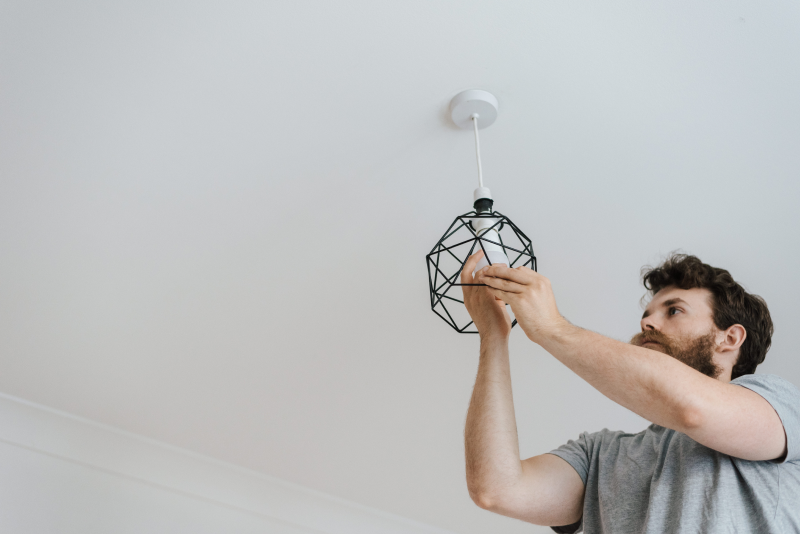
LED bulbs are the best bulbs to use in your home lighting. These are energy-saving bulbs that convert 95% energy into light and very little into heat, unlike traditional incandescent bulbs. Thus, you don’t need a lot of energy to brighten up a room. They last longer than incandescent bulbs with over 15,000 light hours (and up to 50,000 hours!). These LED bulbs come in various brightness and colours, essential in adding ambience to your home.
Now that you know what you need to do, head on to our website and shop now! We have premium-quality LED lights that are perfect for your home!


